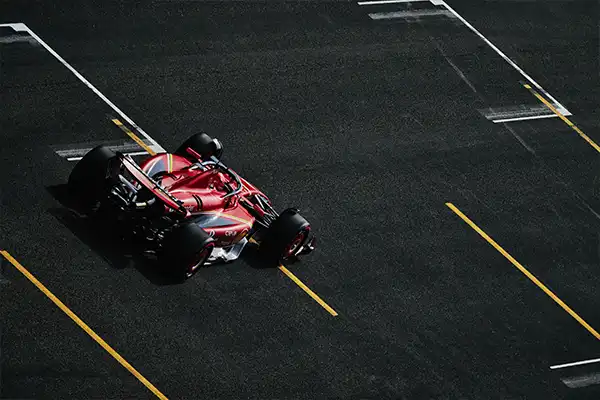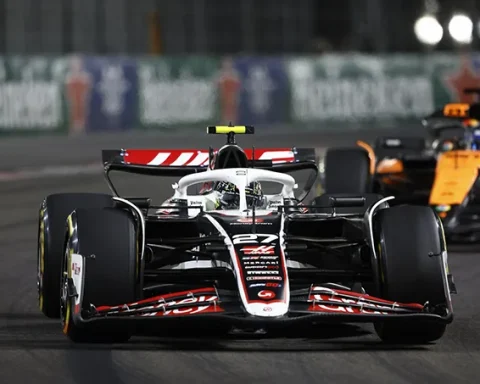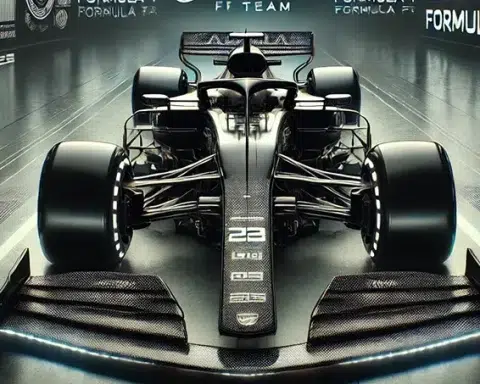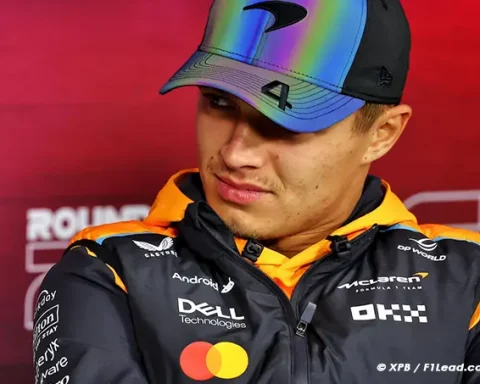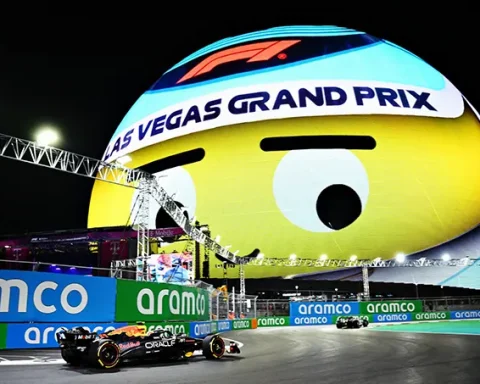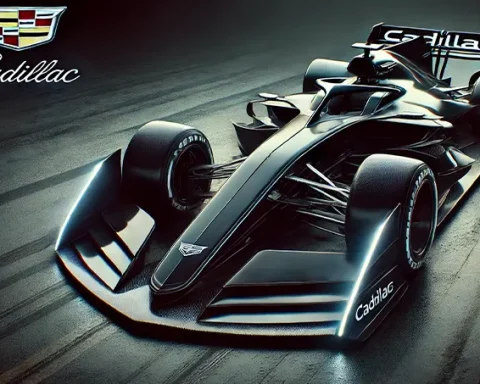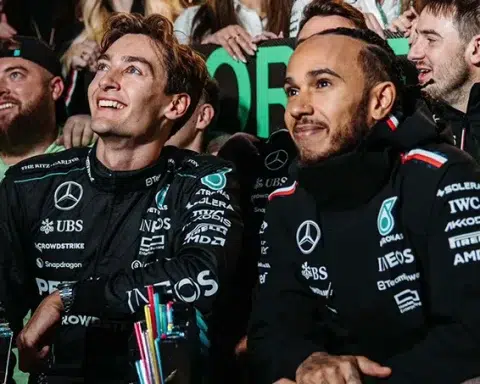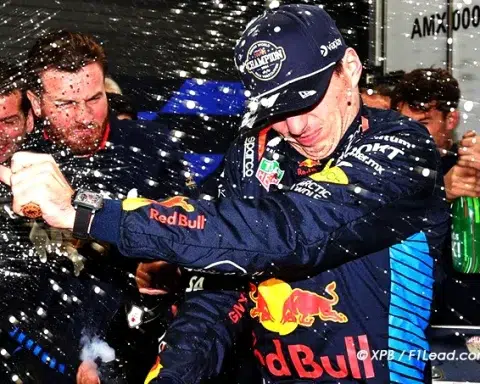In 2026, Formula 1 introduces new chassis and engine rules including innovative overtaking aids to enhance race dynamics and driver challenges.
F1 will unveil a completely new look in 2026, with new regulations for both chassis and engine. Regarding the power units, 50% of the power will come from the electric motor, and the other half from the combustion engine. Additionally, the MGU-H, which converted heat into energy, will be removed as it is considered too complex.
However, a boost similar to IndyCar’s push-to-pass will be available at high speeds, activating beyond 340 km/h. The challenge now lies with the chassis, as DRS will not be eliminated, and active aerodynamics appear too difficult to implement, according to rumors of disastrous initial feedback in simulators.
“There will likely be a form of DRS,” stated Nikolas Tombazis, the FIA’s single-seater director, to The Race. “But we need, between the aerodynamics and the engine, a form of assistance for overtaking.”
“Even though we would prefer not to have any of this and that the cars could race wheel to wheel and attack each other—and that is the ultimate goal—we also don’t want to find ourselves in a situation where they cannot overtake and the cars will never be able to attack one another.”
The engine boost will aid overtaking alongside DRS, but the duration of this additional power will be determined once the technical regulations for the chassis are finalized: “We are waiting to finalize the entire car before making a statement.”
“But ultimately, we are fully aware that, on one hand, you want the cars to close in and attack each other, you want them to overtake each other, but you also don’t want the overtaking to be cheap or easy.”
“Overtaking must always remain at this level, posing a challenge and generating excitement, rather than becoming a commonplace occurrence that happens all the time.”
Driving remains “the dominant factor”
Tombazis reveals that the FIA is very careful not to diminish the driver’s role in overall performance. He explains that strategy will always be crucial, but energy management should not overshadow the intrinsic performance behind the wheel.
“What we are trying to do with the rules is to ensure that the main battle remains within a relatively narrow framework, always testing the basic skills of the driver. The fundamental skill of a driver should not be and should not become that of the best strategist in energy management or anything like that.”
“It must always be about braking late, reaching the grip limit, hitting the apex, and so on—the traditional skills of a driver, the ones we want to preserve. It is clear that as electric power becomes more significant in a modern car, strategies become more involved.”
“But we are trying to ensure that this does not become the dominant factor. We don’t want Formula 1 to be reduced to how much energy is left, etc. We want it to always be about the drivers pushing, following each other, overtaking, and speeding through corners—that’s what we want to keep as the fundamental basis of the sport.”
Tombazis confirms that the push-to-pass will be used to guarantee track battles, but it should not make overtaking too easy: “Sometimes, we make mistakes. And sometimes, on certain tracks, we have drivers overtaking each other.”
“But that is not the goal. And it will never be the goal of future regulations. What we want is for drivers to be able to fight in the corners, to overtake each other, and to engage in exciting battles.”
“This engine regulation is just there to ensure that we have enough tools at our disposal, once we have finalized the complete car, to make sure that these battles take place. We don’t want to be like other disciplines where you just press a button to pass as if on a highway.”

F1 2026 Unveils New Tech for Challenging Overtakes. F1 2026 Unveils New Tech for Challenging Overtakes
- ReadMore>Norris Warns: Verstappen’s Domination May Hurt F1
- Following us on Facebook and Twitter
